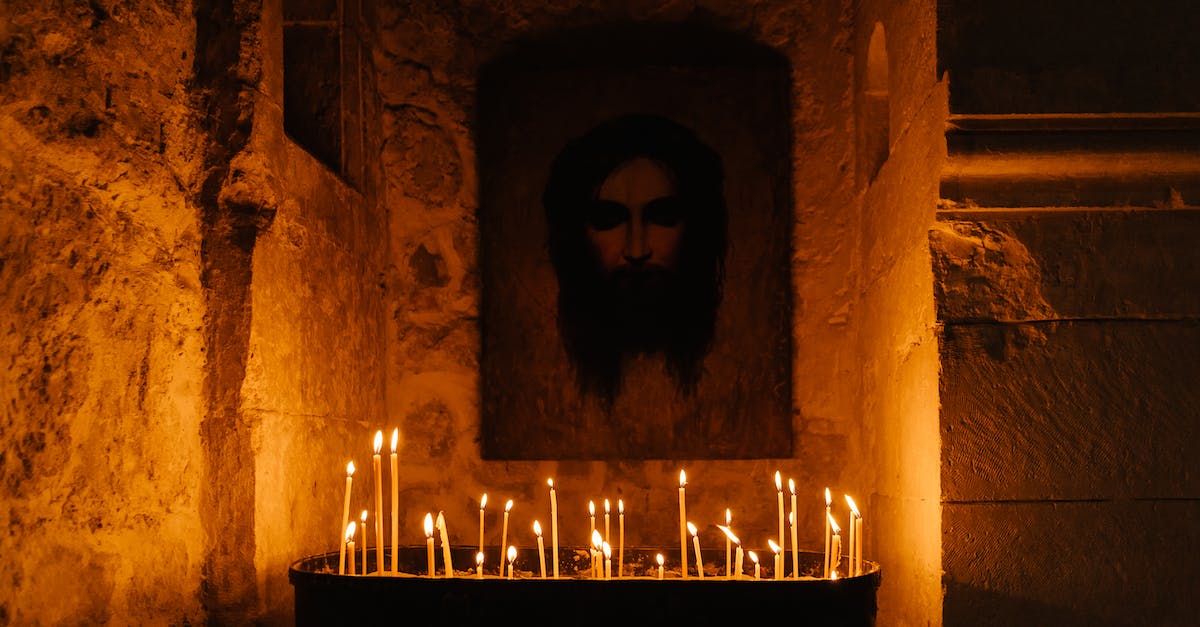When Does ‘The Last Kingdom’ Take Place? Unveiling the Historical Setting of the Popular TV Series
When Does ‘The Last Kingdom’ Take Place? Unveiling the Historical Setting of the Popular TV Series
If you’re a fan of historical dramas, chances are you’ve come across ‘The Last Kingdom’. This popular TV series, based on Bernard Cornwell’s novels, has captivated audiences with its thrilling storyline and compelling characters. But have you ever wondered when exactly the events of ‘The Last Kingdom’ take place? In this article, we’ll delve into the historical setting of the show, providing you with a deeper understanding of the time period it portrays.
The Dark Ages: A Time of Turmoil
The backdrop of ‘The Last Kingdom’ is the tumultuous period known as the Dark Ages. This era, spanning from the 5th to the 10th century, was characterized by political instability, waves of invasions, and the decline of the Roman Empire. It was a time of great turmoil, with various kingdoms and tribes vying for power and control. The show primarily focuses on the struggles between the Anglo-Saxons and the Vikings, presenting a rich tapestry of historical events and conflicts.
The Viking Invasions: A Central Theme
One of the central themes of ‘The Last Kingdom’ is the Viking invasions of England. During the 9th century, Scandinavian raiders, known as Vikings, descended upon the shores of Britain, seeking riches and new territories. These raids were incredibly disruptive, plunging the region into chaos and forever altering the course of history. The show follows the protagonist, Uhtred of Bebbanburg, as he navigates the treacherous waters of the Viking invasions and the subsequent conflicts between the Anglo-Saxons and the Scandinavians.
The Kingdom of Wessex: A Last Bastion of Resistance
While the Viking invasions affected various parts of England, ‘The Last Kingdom’ primarily focuses on the Kingdom of Wessex. Located in the south of England, Wessex was the last kingdom to hold out against the Viking onslaught. Led by King Alfred the Great, Wessex became a beacon of resistance, a bastion of Anglo-Saxon power in a sea of Viking invaders. The show portrays the desperate struggle of the Wessex kingdom to maintain its independence and survival amidst the onslaught of the Vikings.
Authenticity and Historical Accuracy
One of the reasons why ‘The Last Kingdom’ has garnered such a dedicated fan base is its commitment to authenticity and historical accuracy. The showrunners have gone to great lengths to ensure that the costumes, sets, and overall atmosphere reflect the time period. Historical events and figures are depicted with accuracy, providing viewers with a unique insight into the challenges faced by those living in the Dark Ages. While certain creative liberties may have been taken for dramatic effect, the overall historical setting remains true to the period.
In Conclusion
‘The Last Kingdom’ transports viewers to a fascinating and turbulent era in history. By taking place during the Dark Ages and focusing on the Viking invasions, the show offers a captivating glimpse into a time of political instability and cultural clash. With its commitment to authenticity and historical accuracy, ‘The Last Kingdom’ provides an immersive experience that appeals to both history enthusiasts and fans of gripping storytelling. So, if you haven’t already, dive into the world of ‘The Last Kingdom’ and get ready to embark on an unforgettable journey through the annals of history.
FAQs
1. When does “The Last Kingdom” take place?
The historical setting of “The Last Kingdom” is during the late 9th century AD.
2. Is “The Last Kingdom” based on historical events?
Yes, “The Last Kingdom” is based on historical events. It is adapted from Bernard Cornwell’s historical fiction novel series known as “The Saxon Stories.”
3. Which kingdoms are depicted in “The Last Kingdom”?
The TV series depicts the Kingdom of Wessex, East Anglia, Mercia, and the Viking-controlled Kingdom of Northumbria.
4. Who is the main character in “The Last Kingdom”?
The main character in “The Last Kingdom” is Uhtred of Bebbanburg, who is a fictional character but interacts with historical figures and events.
5. Do the events in “The Last Kingdom” align with historical records?
While “The Last Kingdom” is fictional, it aims to provide a historically accurate portrayal of the time period. However, some events and characters are fictionalized or modified for dramatic purposes.
6. What historical conflicts are featured in “The Last Kingdom”?
“The Last Kingdom” portrays the conflicts between the Anglo-Saxon kingdoms and the invading Vikings, specifically the Great Heathen Army led by Ragnar Lothbrok and later his sons.
7. Are there any notable historical figures depicted in “The Last Kingdom”?
Yes, “The Last Kingdom” includes depictions of historical figures such as Alfred the Great, King Guthrum, Ubba, and Ivar the Boneless, among others.
8. How accurate is the portrayal of Viking culture in “The Last Kingdom”?
“The Last Kingdom” incorporates elements of Viking culture, but it also simplifies and dramatizes certain aspects for storytelling purposes. It is not a comprehensive representation of Viking culture.
9. What historical sources were used to create “The Last Kingdom”?
The creators of “The Last Kingdom” used a combination of historical research, archaeological evidence, and literary sources from the time period to inform the show’s depiction of the historical setting.
10. How long does “The Last Kingdom” span in terms of historical events?
“The Last Kingdom” spans several decades, covering the turbulent period of Viking invasions and the struggle for control between the Anglo-Saxon kingdoms. The exact duration may vary as per the adaptation of the storyline for the TV series.




































